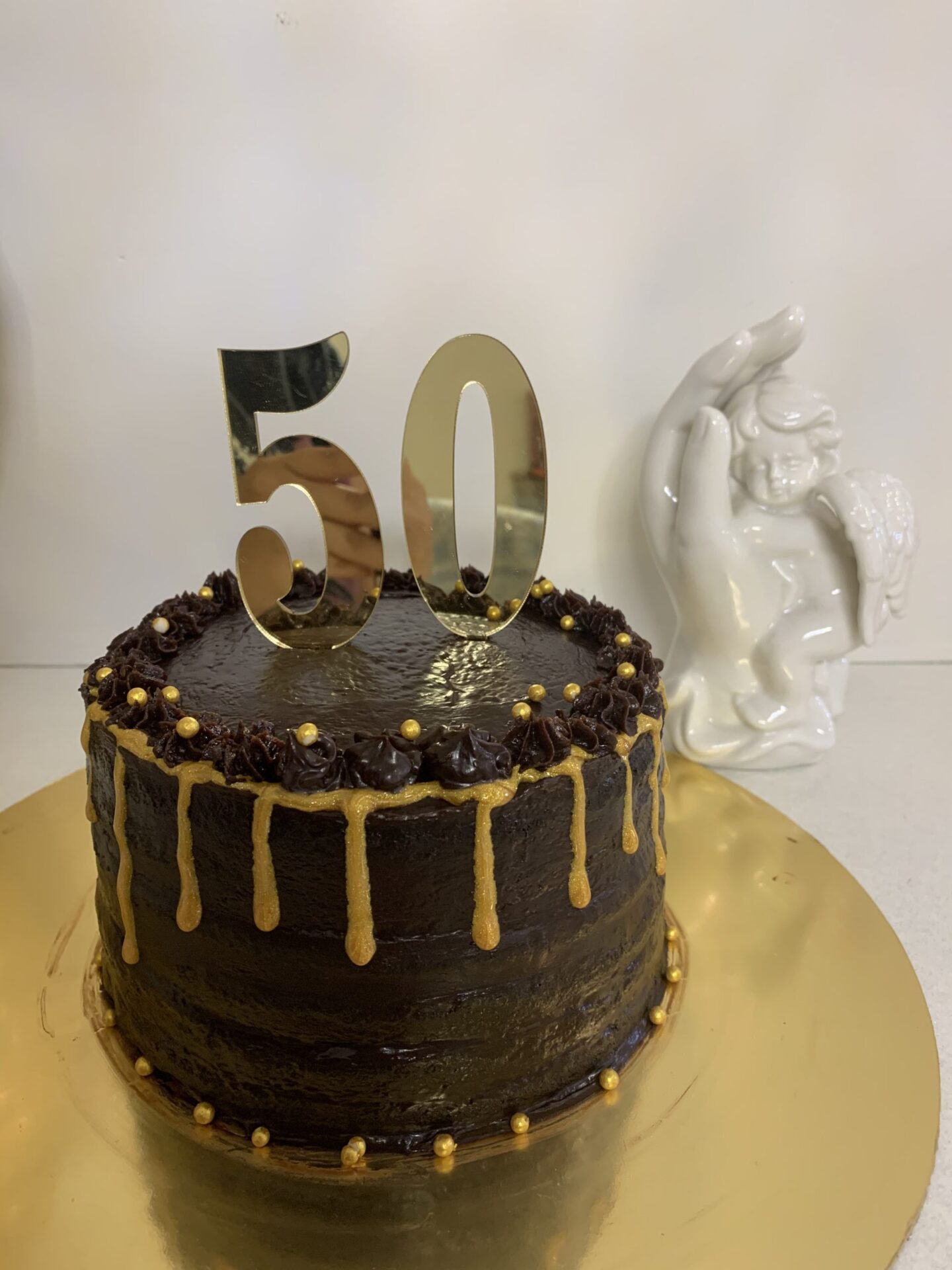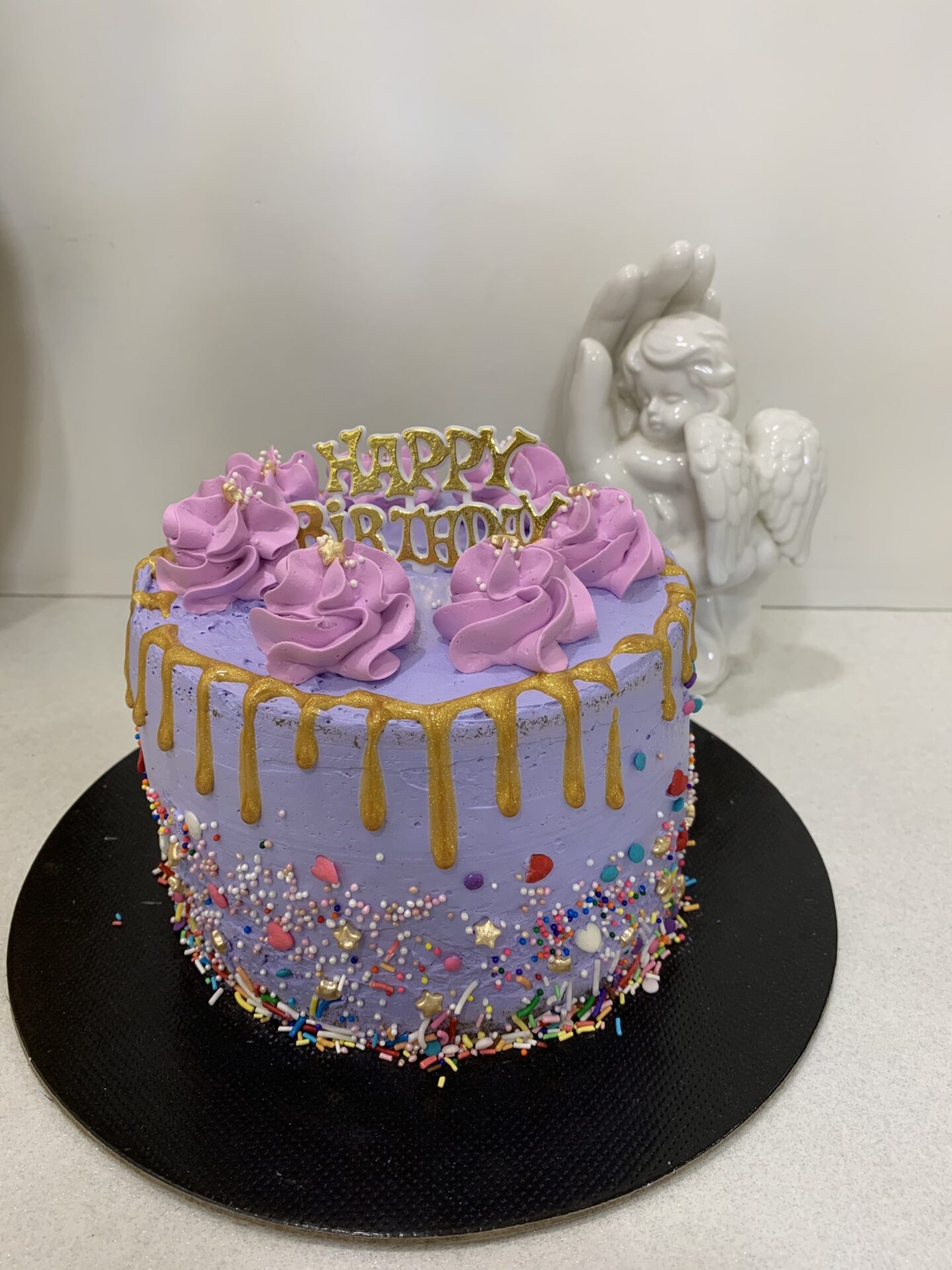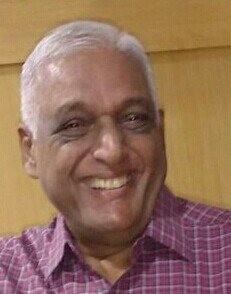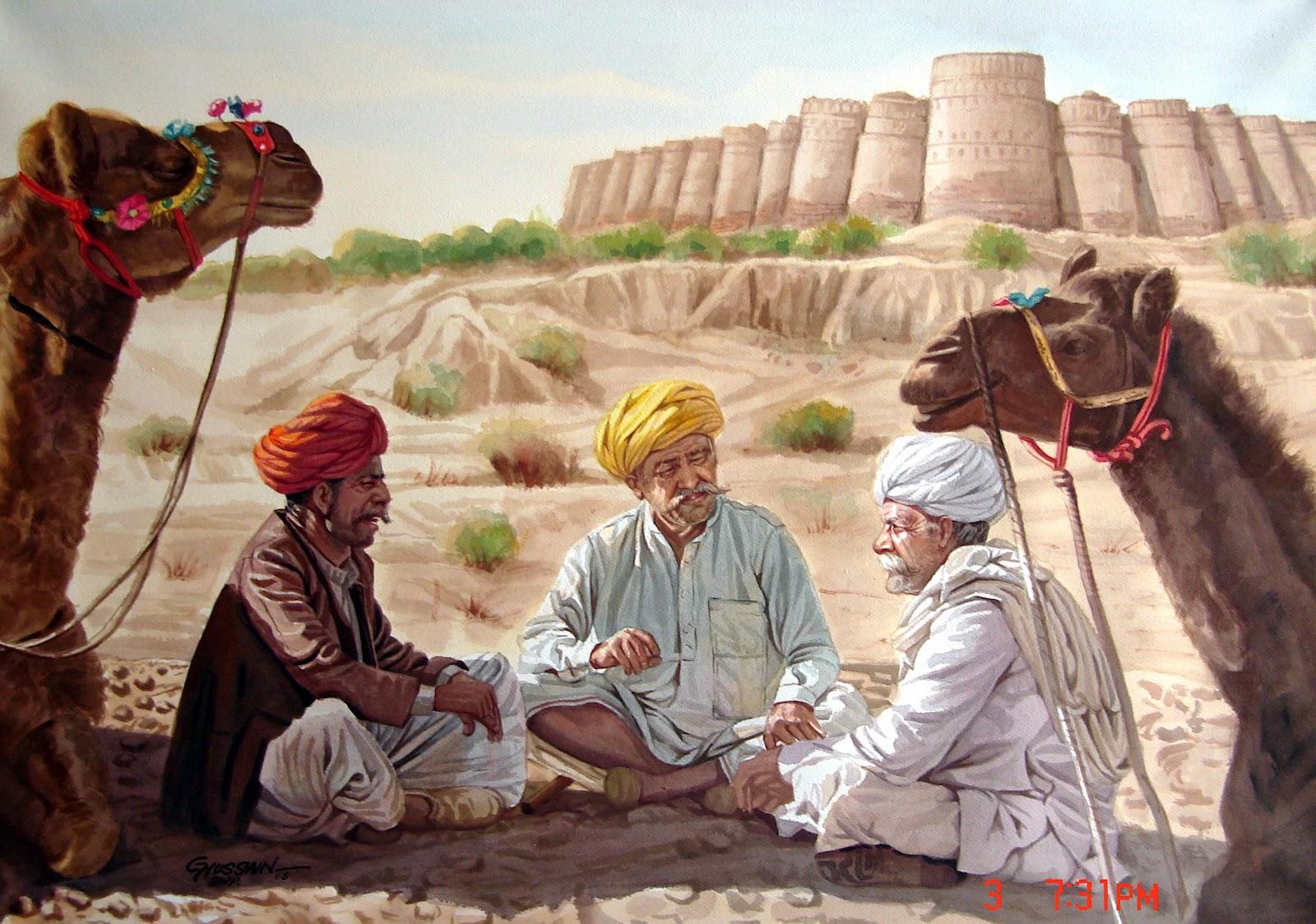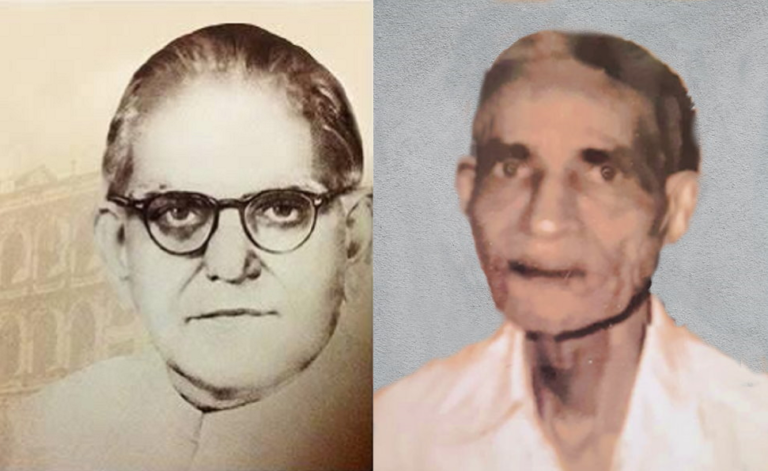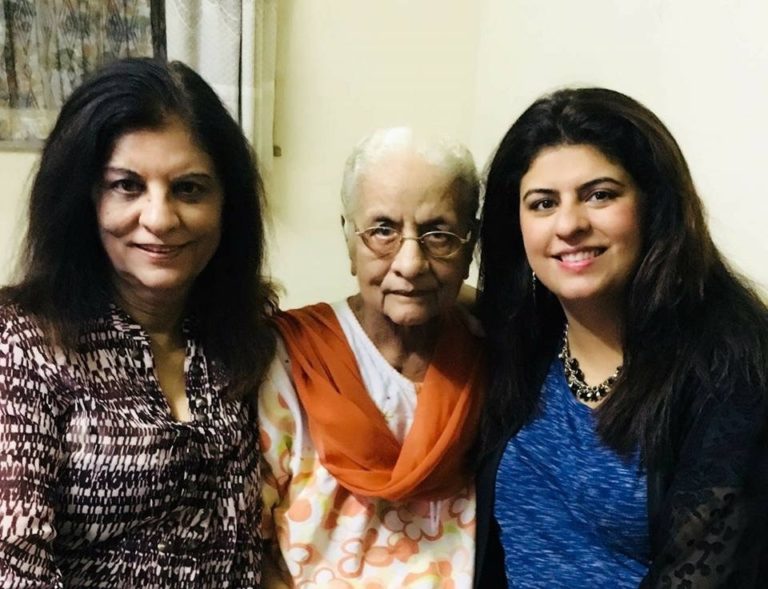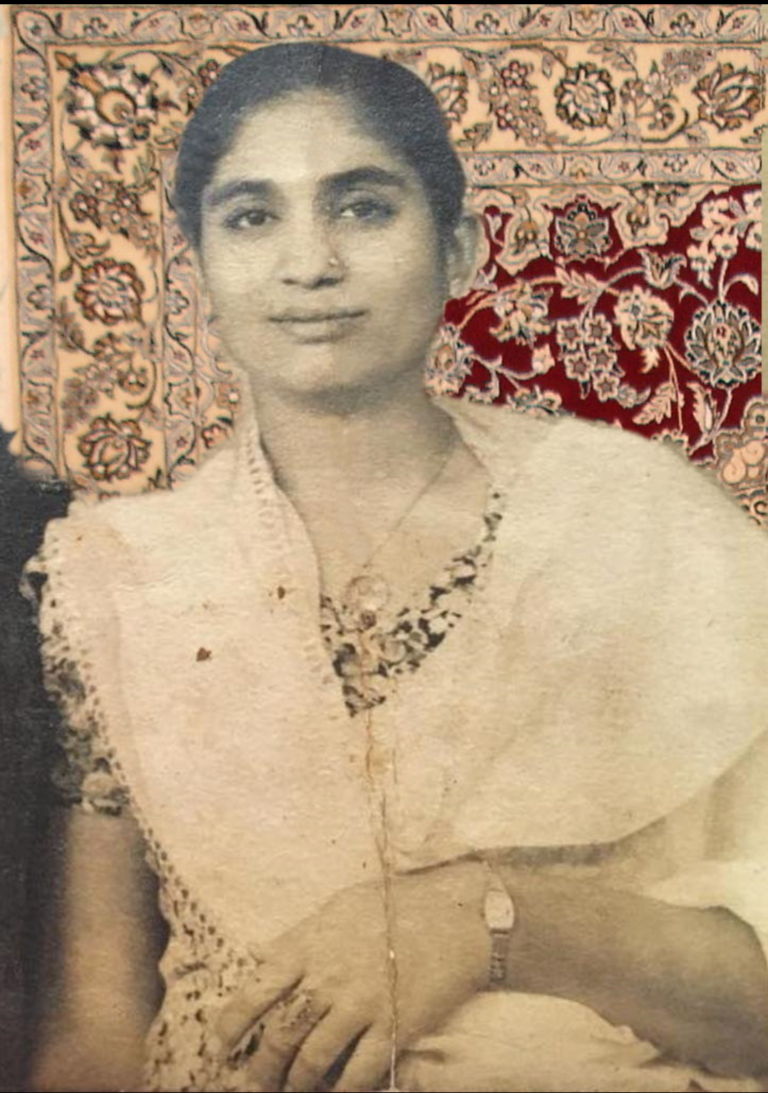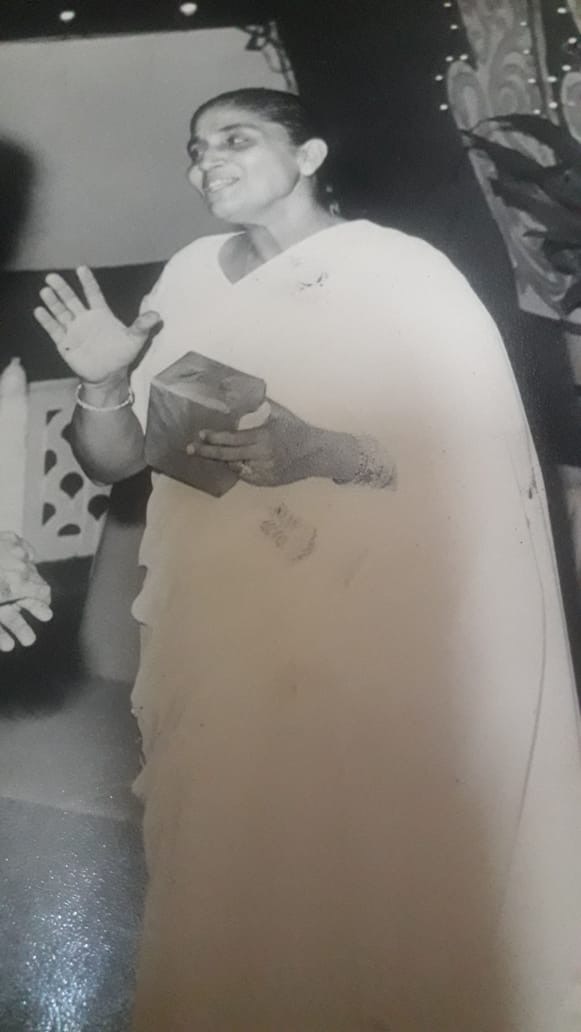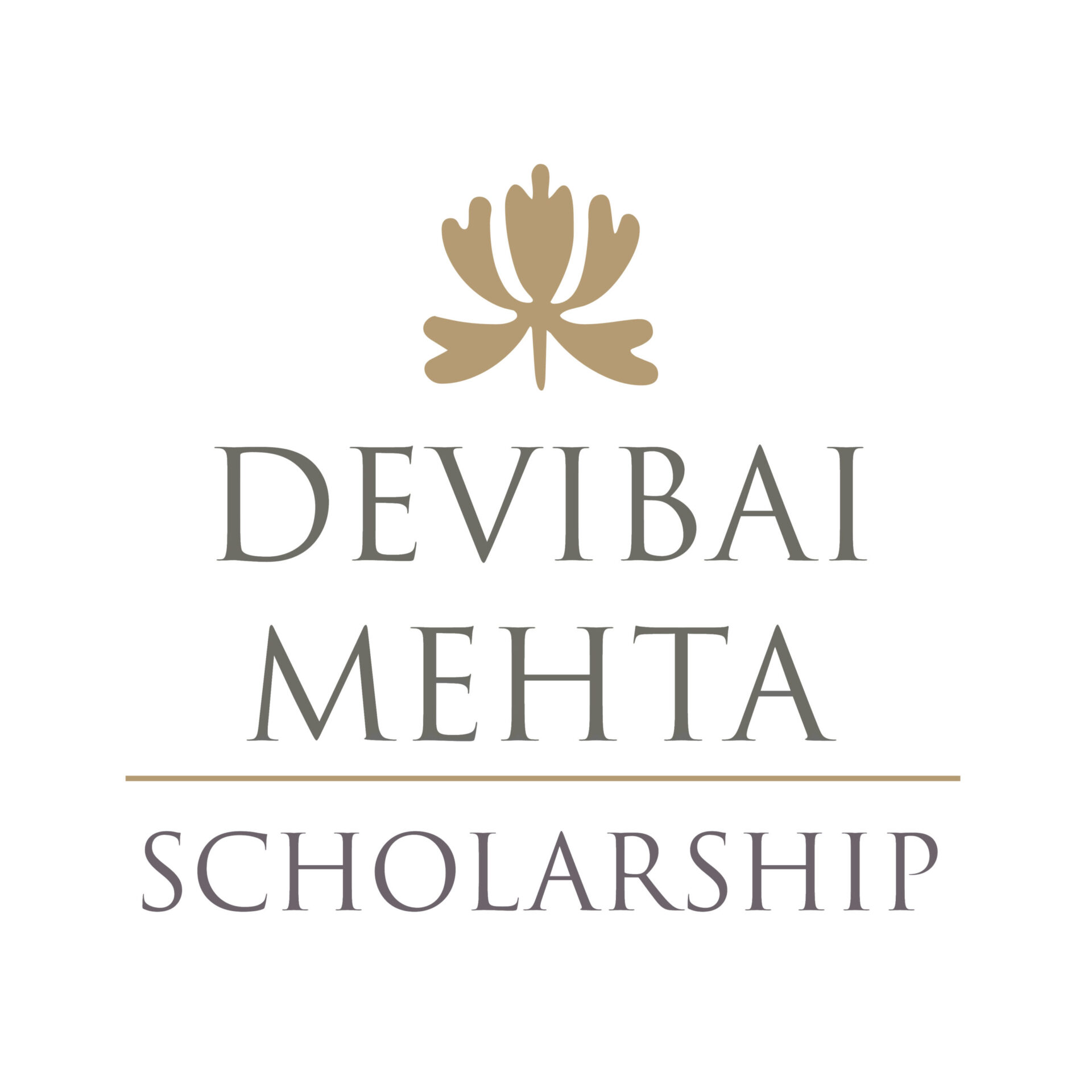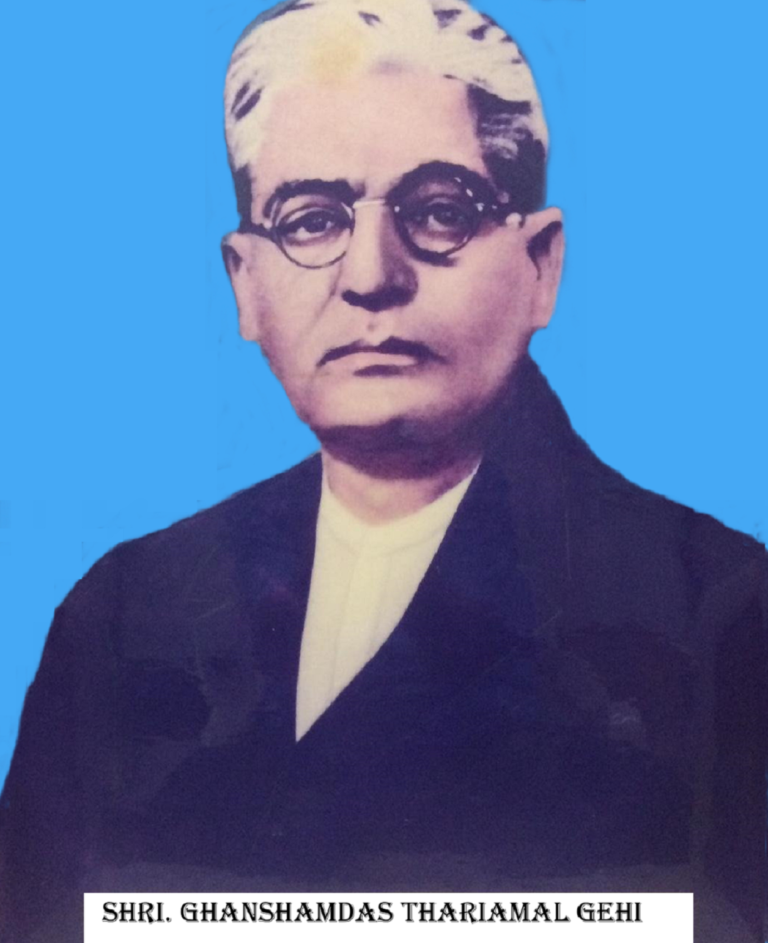Migration from Karachi to Mumbai and various parts of India was painful to say the least. This pain is clearly reflected in the correspondence that our elder leaders Mukhi Takandas Kataria and Shri Sobhraj Gehi, took up with the authorities in 1948. Most of our community members had left Karachi by then but there was still a sizable number of approx. 500 who had held themselves back to sale their properties and close down their businesses. The events of 6th January 1948 when wide-spread arson, looting and killing took place in Karachi, however, shook up everyone. Following these events the community’s elders ensured that the remaining members of the community were migrated without much problem.
These letters have been preserved by the community through the generations and are being reproduced here for everyone to get an idea about the pains of migration that our community endured. Shree Bhagnari Panchayat would like to thank Prakash Gehani who handed over these priceless gems to the Panchayat after obtaining them from Shri Sobhraj Gehi.
PS: The letters have been reproduced without making any changes.
-x-x-x-x-x-x-x-x-x-x-x-x-x-x-x-x-
PETITION FROM SHRI TAKANDAS KATARIA, PRESIDENT, BHAGNARI PANCHAYAT, KARACHI TO THE HIGH COMMISSIONER OF INDIA IN PAKISTAN
Illaco Building
Elphinston Street, Camp,
Karachi,
15th January 1948
To,
THE HIGH COMMISSIONER FOR INDIA IN PAKISTAN
KARACHI
The humble Petition of Takandas Hemraj Kataria, President of the Bhagnari Panchayat, Karachi.
Sheweth:-
1. Your petitioner is the President of the Bhagnari Panchayat of Karachi. The said community had about 2500 persons who all resided in Karachi since some generations.
2. After the fateful events of the partition of India into two independent Dominions of ‘Pakistan’ and ‘Hindustan’, on 15th of August 1947, a large number of persons of your petitioner’s community, who were otherwise residing and owning properties and had their occupations in Karachi, did not consider it worthwhile to continue to remain here. Most of them therefore left for Bombay and some are still there.
3. The remaining members of the community of your petitioner, who for reasons beyond their control and as a result of diverse business and other engagements, could not leave the dominion of Pakistan, intended to remain here for some short time, till it became convenient for them to go out of it. They, however, at no time intended to make Pakistan as their permanent home. They have all along been anxious to leave as soon as the circumstances permitted them to do so.
4. The only persons who are now in Karachi are about 500. Of them about 300 are adults and about 200 are children between the ages of 3 and all years. It is not necessary to mention the number of children under the age of 3 years.
5. you are well aware the sudden and serious catastrophe which took place on 6th of January 1948 when lawlessness was prevalent in the whole City of Karachi. Some members of your petitioner’s community have also become victims of the looting, etc.
6. These incidents, the details of which are better known to you, and have been appearing in the local vernacular newspapers, have made it impossible for the members of your Petitioner’s community who have so long remained in Karachi, to continue to remain any longer here. They are extremely anxious to leave Karachi at the earliest possible opportunity. They have already suffered at the hands of the hooligans and apprehending serious danger to their life, property and honour. They have been passing extremely anxious times, particularly so, when most of them are residing and owning properties in Bhagnari Street, a part of Napier Quarter, which is considered to be the worst dangerous zone in whole of the City of Karachi, having been surrounded on all sides by such quarters from which at any unforeseen moment a catastrophe in a more virulent form may suddenly emerge and revive. Their apprehensions are aggravated by the general impressions which day by day has been gaining ground in the public mind that such lawlessness is bound to take place again in the near future.
7. It may be mentioned here that had it not been for the neighbourly spirit displayed by some of the newly migrated Muslims from outside who have bought properties in this part of the City and had it not been for their timely help and co-operation to afford protection to the members of your Petitioner’s community, there would have been many instances of murders as well.
8. The members of your Petitioner’s community desire under the circumstances to leave for Bombay where most of their relatives are now residing.
9. Your Petitioner under the circumstances suggests that out of the persons of this community now in Karachi a batch of about 400 persons may be arranged to be transported by the earliest Steamer sailing for Bombay and rest of them may be sent after a fortnight.
10. Your Petitioner begs to approach you with a request that you will be pleased to make the necessary arrangement for the transport of the members of his community and will secure them the necessary passage from the steamship company, and permits, if any, required for their going out, to enable them to leave Pakistan. Of course, your Petitioner undertakes to pay for the passage of such persons.
11. Your Petitioner also requests that in order to protect the members of his community from unnecessary harassment, by unduly harsh, improper and unreasonable searches, you will be pleased to make such arrangements for them as you consider proper and if necessary, have the searches conducted in your presence or in the presence of the Deputy High Commissioner of India in Pakistan.
12. And your Petitioner and the members of the community shall ever pray.
Your Petitioner subscribes
himself to be,
Your most obedient servant
President,
The Bhagnari Panchayat, Karachi.
TELEGRAM FROM SHRI SOBRAJ GEHI, HON SECRETARY OF BHAGNARI PANCHAYAT, KARACHI TO PANDIT JAVAHARLAL NEHRU
EXPRESS TELEGRAM
20TH JANUARY 1948
PANDIT JAVAHARLAL NEHRU
NEW DELHI
Copies to:
1. SARDAR VALLABH BHAI PATEL, NEW DELHI
2. BABU RAJENDRA PRASAD, NEW DELHI
3. JAIRAMDAS DOULATRAM, NEW DELHI
4. ACHARYA KIRPALANI, NEW DELHI (India)
PRESIDENT BHAGNARI
PANCHAYAT MADE
REPRESENTATION ON
FIFTEENTH JANUARY
TO HIGH
COMMISSIONER FOR
IMMEDIATE EVACUATION
MEMBERS BHAGNARI
COMMUNITY RESIDING
QUARTERS APPREHENDING
DANGER STOP
SOME LOOTED
IN RECENT
RIOTS STOP
EXTREMELY ANXIOUS
LEAVE KARACHI
STOP HIGH
COMMISSIONER OFFICE
PAYING NO
ATTENTION STOP
PRAY INSTRUCT
HIGH COMMISSIONER
FOR FREE
TICKETS AND
IMMEDIATE ARRANGEMENT
EVACUATION STOP
REPLY TELEGRAPHICALLY
SECRETARY BHAGNARI
PANCHAYAT
BHAGNARI STREET
KARACHI
Signature
and
Address of
Sender
From the Secretary
Bhagnari Panchayat,
Bhagnari Street, Karachi
20.1.1948
LETTER FROM SHRI SOBRAJ GEHI, HON JOINT SECRETARY OF BHAGNARI PANCHAYAT, KARACHI TO NEW DELHI
From,
Bhagnari Street
Napier Quarter
Karachi.
22nd January 1948
To,
(No address mentioned)
New Delhi (India)
Jai Hind,
On behalf of the Bhagnari Panchayat of Karachi, I venture to submit as under:-
On 15th of January 1948, the President of the Bhagnari Panchayat of Karachi, submitted in writing, a memorial to the High Commissioner for India in Pakistan, describing the various circumstances necessitating an arrangement for early and immediate evacuation from Karachi, of the members of the said community. A copy of the said memorial is hereto annexed marked “A” for your perusal.
The causes, inter alia, which led to the making of the said memorial, were that certain members of this community had become victims of the recent disturbances which broke out at Karachi and that they were residing in a quarter which was not considered to be a place of safety for them, and that they were apprehending grave danger to their life, property and honour.
Between the 15th and 19th of January 1948, the representatives of this community, several times called at the office of the High Commissioner to know what had become of their memorial. They, however, met with no better reply than that no orders had been passed on it.
On 19th January 1948, when the President and some members of my community called at the office of the High Commissioner, they were asked to see Mr. Masand, an attaché to the Deputy High Commissioner. They were given to understand that their papers were lying on the table of Masand without any orders having been passed on them. They then saw Mr Masand, who unceremoniously dismissed them by saying that the High Commissioner had laid down definite policy of giving preference to the persons in refugee camps. Mr Masand refused to consider the circumstances narrated in the memorial submitted on behalf of my community. In other words, he said that that no reasons howsoever strong would weigh with the High Commissioner to deviate from the policy laid down by him.
In this connection, I respectfully submit that this reply from the office of the High Commissioner for India in Pakistan was not proper. In fairness to my community, the papers should have been put up before the High Commissioner and his attention drawn to the various matters contained in it.
I have no doubt that it could not be the policy of the High Commissioner not to consider the merits and demerits of the matter. Nor could it be the policy of the High Commissioner not to arrange for immediate evacuation of people who may be apprehending genuine serious danger to their life, property and honour and to make them lie in the constant danger and make no arrangement for them until they are actually murdered, and looted if the lawlessness happened to revive again.
My community has however received no reply from the High Commissioner except that its representatives were told by Mr Masand that they should see him again on 28th instant.
I am directed by my community to lay a special stress on the fact that most of them are at present residing in a quarter here in which they consider their life, property and honour may be endangered if the lawlessness reives again.
My community therefore sent telegrams to you. A copy of the said telegram is hereto annexed marked “B’. To this no reply has been received.
I therefore request that you will please direct by a telegram the High Commissioner for India in Pakistan to make immediate arrangement for evacuation of the members of my community whose apprehension of constant danger is causing serious strain on their nerves and it is apprehended that some of them might die of this fear, a sudden and premature death.
Jai Hind.
Your humble servant
Honorary Joint Secretary
Bhagnari Panchayat
Bhagnari Street
Napier Quarter
Karachi
Enclosures:
- Copy of memorial
- Copy of telegram
LETTER FROM SHRI SOBRAJ GEHI, HON JOINT SECRETARY OF BHAGNARI PANCHAYAT, KARACHI TO THE MEMBER OF THE EXODUC COMMITTEE
Karachi
22nd January 1948
To,
Chandrasen S Jetley Esquire
Member of the Exodus Committee
Karachi
Dear Sir,
I enclose herewith copies of the memorial submitted to the High Commissioner for India in Pakistan and of the telegrams sent to various prominent persons at Delhi.
From the perusal of the said copies, it will be obvious to you that the members of my community are passing time in Pakistan dominion in restlessness and apprehension. It will not be exaggeration to say that every hour they are passing here, is full of anxiety and worry causing great strain on their nerves. They apprehend that this may bring about sudden and premature death of some members of my community, particularly when most of them are residing in a quarter where danger to their life, property and honour is imminent.
I am therefore directed to request that you will be good enough to persuade your committee to make an early arrangement for the members of my community going out of Karachi and for this purpose will give preference to them over other communities in the matter of issuing tickets, etc.
I hope you will realise the reasonableness of this request. Thanking you.
Yours faithfully
Honorary Joint Secretary
Bhagnari Panchayat, Karachi
